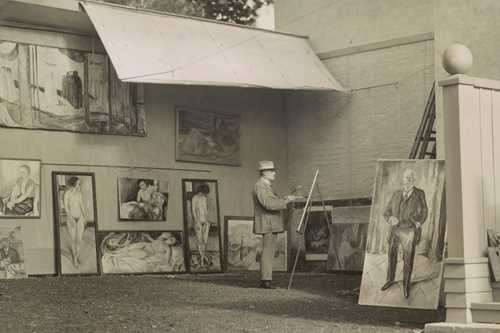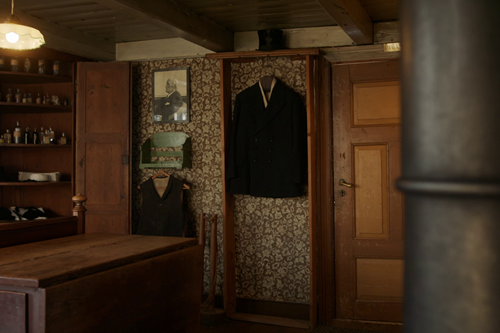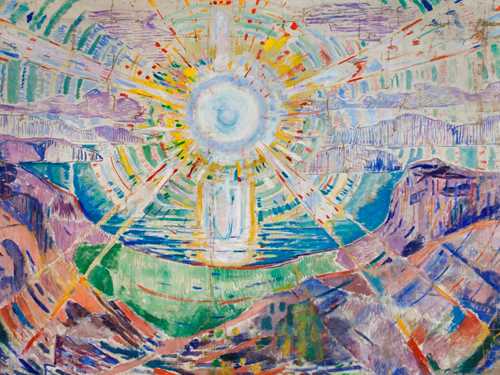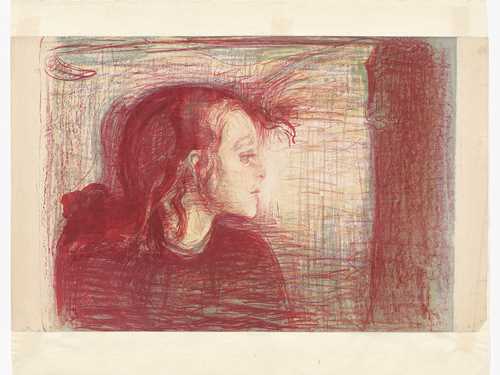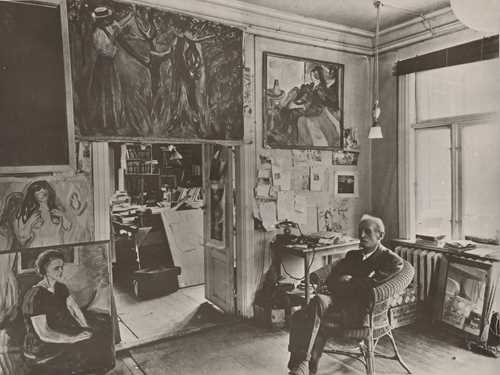Edvard Munch in Paris
He came to be classically schooled, but ended up developing his own unique expression - and the iconic and existential images from the modern human soul, the main works in the Frieze of Life.
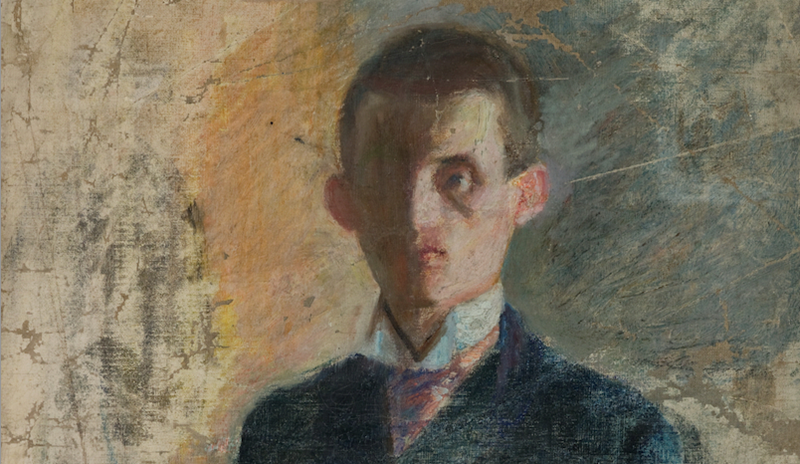
Edvard Munch: Self-portrait, 1888. Oil on canvas. Photo © Munchmuseet
After beeing a student at the Royal School of Art and Design in Kristiania for some years, having Christian Krohg as a mentor, and entering the annual Artists’ Autumn Exhibition with the painting he later calls The Sick Child, Edvard Munch rents a room in Kristiania in the spring of 1889 and fills it with his own paintings.
It is the very first solo exhibition in the city, a bold move which helps him provide the first of three of three state grants for visual artists.
At this time, Paris is the undisputed capital of art, and Munch goes there to participate in the classes of the renowned but somewhat conservative Léon Bonnat, who had a naturalistic approach in his teaching, and was an outspoken opponent of Impressionism.
Before he boards the steamboat that will take him to the French capital, Edvard Munch says goodbye to his father Christian. As it turns out, they will never see each other again.
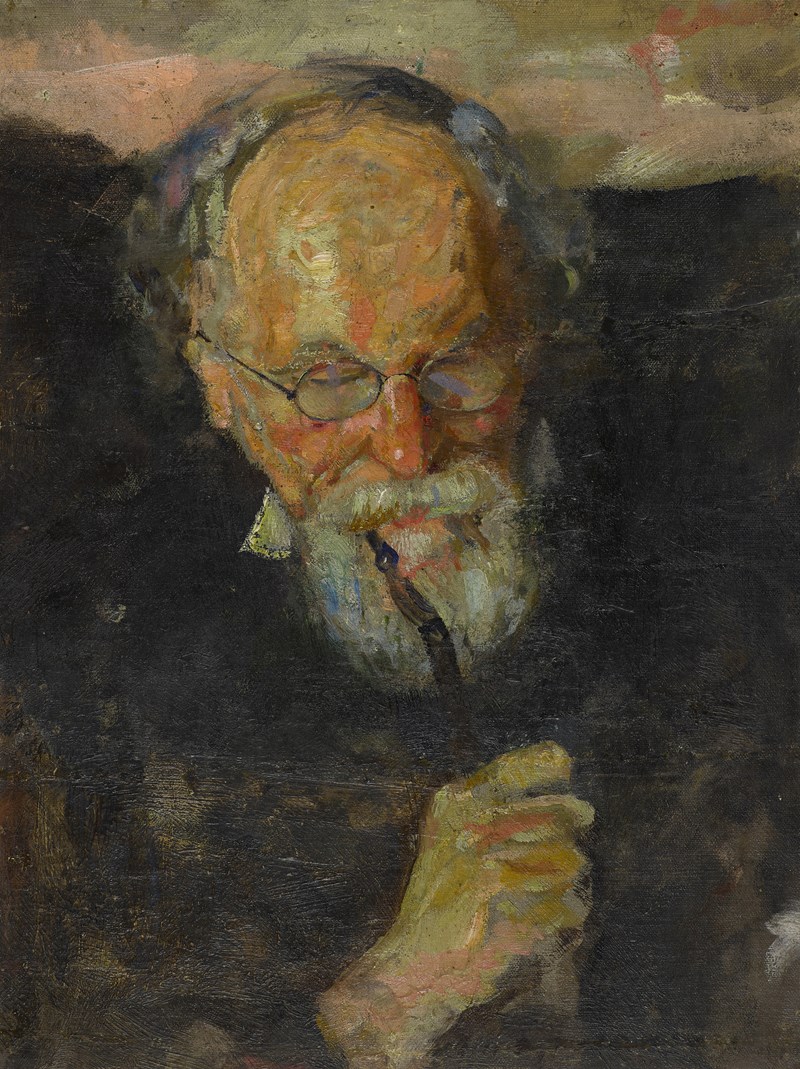
Sketchy and unfinished artworks
There was initially broad agreement that Munch should receive a scholarship to study abroad. But many who supported him did so because they believed that his paintings seemed sketchy and unfinished, and that anatomical details were not depicted accurately enough.
The preserved drawings from Munch's time at Bonnat are a series of acts. They are characteristic academy studies, such as Lying Male Act. With these studies, Munch puts much of the criticism against him to shame. The acts are the work of a precise draughtsman who places weight with sure lines and builds volumes with delicate correctness.
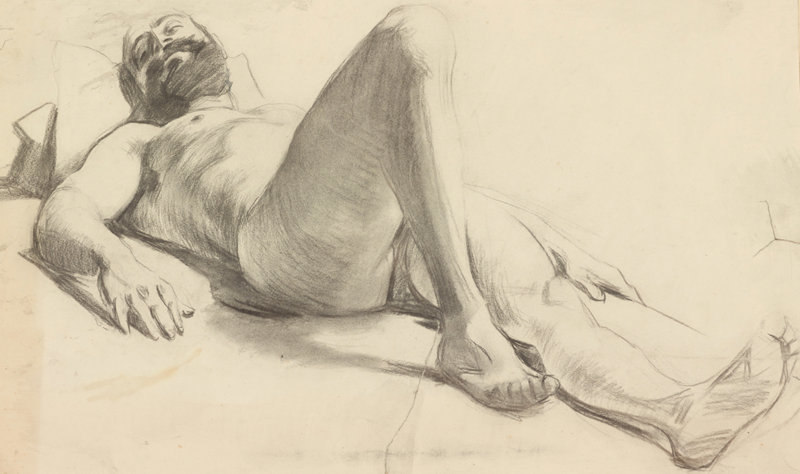
Edvard Munch: Reclining Male Nude, 1889. Charcoal. Photo © Munchmuseet
But Munch did not stay long with Bonnat. In a notebook from his time in Paris, he writes: "I work in the studio in the morning, stretch out my arm and measure with the pencil the conditions in the body of the naked model standing in the middle of the studio. How many heads are there in the body, how wide is the chest in relation to the length of the body. It bores and tires me - makes me numb."
The soul life of modern man
As Munch follows drawing lessons with other Norwegians, he also visits art galleries, and throws himself into social life at the Café de la Régence. But the money will soon run out. In November, his father suffers a stroke and dies. Munch is devastated. He moves to the suburb of Saint-Cloud, where he is overwhelmed by memories in the cold and simple apartment. The room appears in several of his motifs. Perhaps the most famous is the painting Night in Saint Cloud (1890).
But out of this personal crisis new artistic ideas gradually grow. Munch wants to create a deeper, more personal art, which delves into the very basics of human existence. He also comes into close contact with trend-setting currents of the day. His observation and interest shifts from the typical and general to the peculiar and individual. The type galleries in Munch's drawings eventually gets into the background as drawings that pointed towards the motifs of the Frieze of life and the modern human soul emerges.
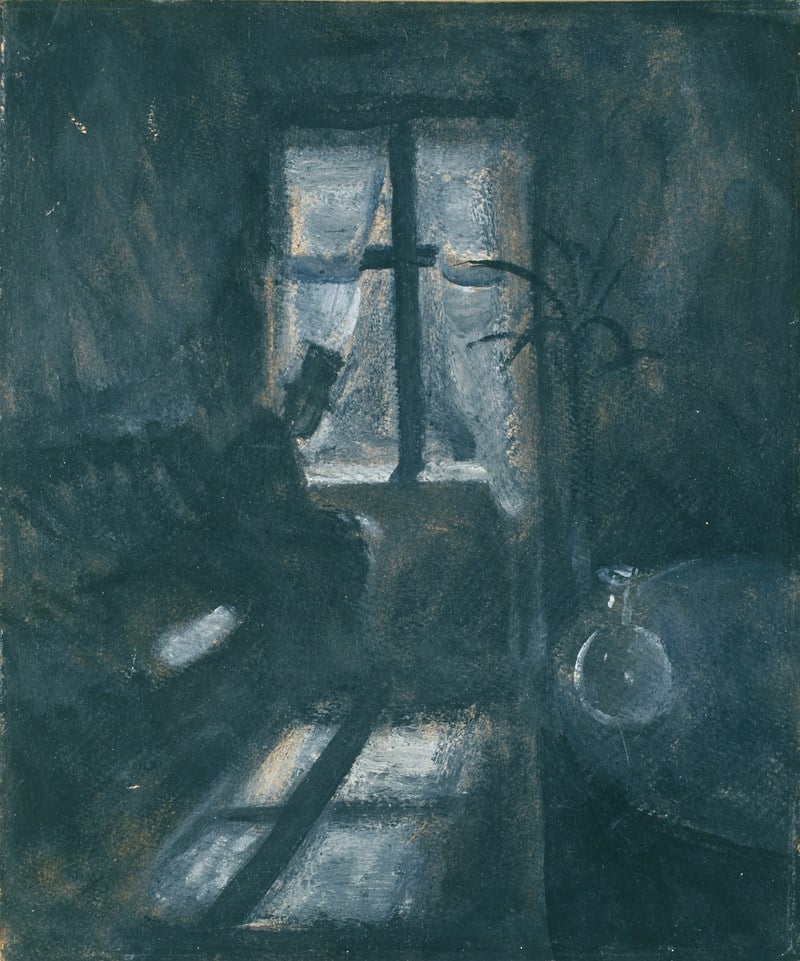
The SAINT-Cloud Manifesto
The time Munch stayed in Saint-Cloud is considered important in the Munch research. Here he wrote some texts that are often referred to as the Saint-Cloud Manifesto. The texts depict a dance hall in Paris, where Munch envisioned how he would create the series of images we know as the Frieze of Life. The artist writes, among other things: "I would portray two in the most sacred moment of their lives." Further:
And the audience should feel the sacredness in this - and they would take off their hats as in a church –
The music stopped - people clapped
Oh no – they'll say it's immoral. Yes, but can something like
Is great and mighty and holy be immoral and as in
Millions of years have been mankind's most important moment.
The texts in the Saint-Cloud manifesto are important because they show how Munch reflected on his own art and that he was in the process of charting a course for important parts of his life's work. The fact that Munch had these texts printed in the booklet about the Frieze of Life in 1928, also shows that he himself considered these thoughts to be particularly significant.
This text is based on the article "From the promenade's types to soul dissection with pen and paper" by Sivert Thue from the book Munch on paper, 2013.
